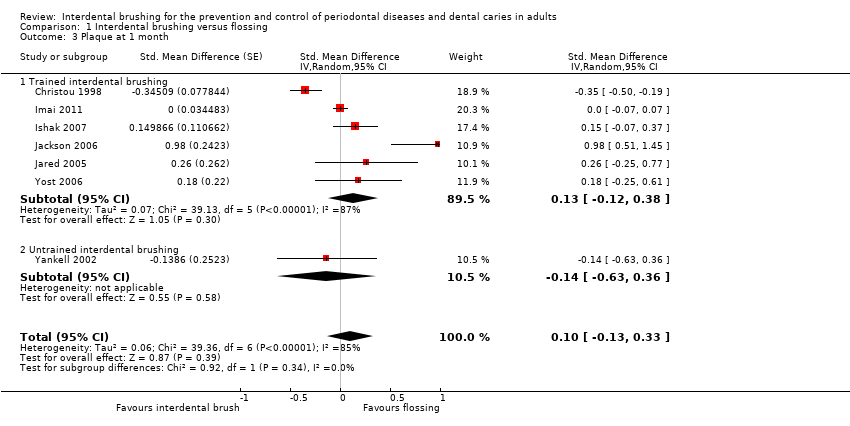Contenido relacionado
Revisiones y protocolos relacionados
Tina Poklepovic Pericic, Helen V Worthington, Trevor M Johnson, Dario Sambunjak, Pauline Imai, Janet E Clarkson, Peter Tugwell | 24 abril 2019
Dario Sambunjak, Jason W Nickerson, Tina Poklepovic Pericic, Trevor M Johnson, Pauline Imai, Peter Tugwell, Helen V Worthington | 23 abril 2019
Helen V Worthington, Laura MacDonald, Tina Poklepovic Pericic, Dario Sambunjak, Trevor M Johnson, Pauline Imai, Janet E Clarkson | 10 abril 2019
Munirah Yaacob, Helen V Worthington, Scott A Deacon, Chris Deery, A Damien Walmsley, Peter G Robinson, Anne‐Marie Glenny | 17 junio 2014
Scott A Deacon, Anne-Marie Glenny, Chris Deery, Peter G Robinson, Mike Heanue, A Damien Walmsley, William C Shaw | 8 diciembre 2010
Francesca A Soldani, Thomas Lamont, Kate Jones, Linda Young, Tanya Walsh, Rizwana Lala, Janet E Clarkson | 31 octubre 2018
Thomas Lamont, Helen V Worthington, Janet E Clarkson, Paul V Beirne | 27 diciembre 2018
Anna M Cooper, Lucy A O'Malley, Sarah N Elison, Rosemary Armstrong, Girvan Burnside, Pauline Adair, Lindsey Dugdill, Cynthia Pine | 31 mayo 2013
Philip Riley, Thomas Lamont | 5 diciembre 2013
Rebecca Harris, Ana Gamboa, Yvonne Dailey, Angela Ashcroft | 14 marzo 2012







